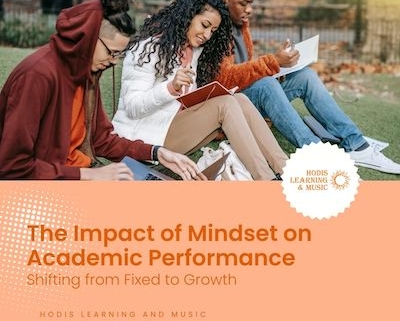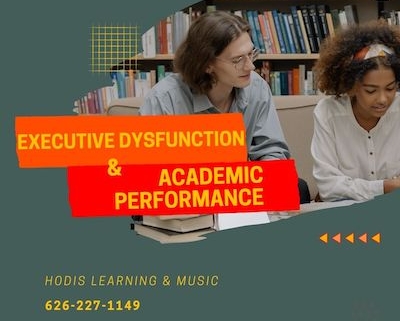Achieving optimal concentration and focus is essential for successful studying, yet creating an environment that promotes these states can be challenging. Distractions are everywhere, and it’s easy to underestimate the impact of your study environment on productivity. However, with some thoughtful adjustments, you can transform your study space into a sanctuary of focus and efficiency. Here are some effective tips to help you create a productive study environment.
1. Choose the Right Location
The first step in creating a productive study environment is selecting the right location. This space should be quiet, comfortable, and free from distractions. If you’re studying at home, try to find a dedicated area away from high-traffic zones. Libraries, quiet cafes, and secluded parts of parks can also serve as great alternatives. The key is consistency; studying in the same spot can trigger your brain into ‘study mode’ whenever you enter that space.
2. Minimize Distractions
In our digital age, distractions are just a click away. To combat this, make your study space a no-phone zone or use apps that limit your access to distracting websites and social media. If noise is an issue, consider noise-canceling headphones or white noise apps to block out disruptive sounds. Clear your study area of clutter and unrelated materials, as a tidy space can lead to a tidy mind.
3. Optimize Lighting and Temperature
Never underestimate the power of good lighting. Natural light is ideal, as it boosts mood and energy levels, but if that’s not available, ensure your space is well-lit with soft, ambient lighting to reduce eye strain. Temperature also plays a crucial role in focus; a space that’s too hot or too cold can divert attention away from studying. Aim for a comfortable, slightly cool temperature to keep your mind sharp and alert.
4. Invest in Comfortable Furniture
Physical discomfort is a significant distraction. Investing in an ergonomic chair and desk can make long study sessions much more bearable. Your chair should support your back, and the height of your desk should allow your arms to rest comfortably. Remember, comfort is key, but too much comfort (like studying in bed) can lead to drowsiness.
5. Personalize Your Space
While your study space should be free of distractions, adding personal touches can make it more inviting and stimulate motivation. Consider incorporating plants, inspirational quotes, or a vision board. These elements can enhance your mood and motivation without drawing too much attention away from your studies.
6. Establish a Routine
Creating a study routine can further enhance the productivity of your environment. By studying at the same times each day, you condition your brain to expect focused work during those periods. Take regular, timed breaks to avoid burnout — the Pomodoro Technique is an excellent method for this, involving 25 minutes of focused work followed by a 5-minute break.
7. Use the Right Tools
Finally, ensure you have all the necessary materials and tools at your disposal before you begin studying. This includes textbooks, notebooks, pens, and any relevant software or online resources. Having everything you need within reach keeps you from interrupting your study sessions to find materials, maintaining your focus and productivity.
Creating a productive study environment is a critical step in maximizing your learning efficiency. By following these tips, you can design a space that enhances concentration, fosters learning, and ultimately, improves academic performance. Remember, a conducive study environment is a crucial element in the broader strategy of academic success.
Get Help from an Expert Academic Coach
Our academic coaches help students to develop “good student habits.” One of the first things our coaches target is students’ study spaces. Learn more about coaching today by calling us or submitting a form.







